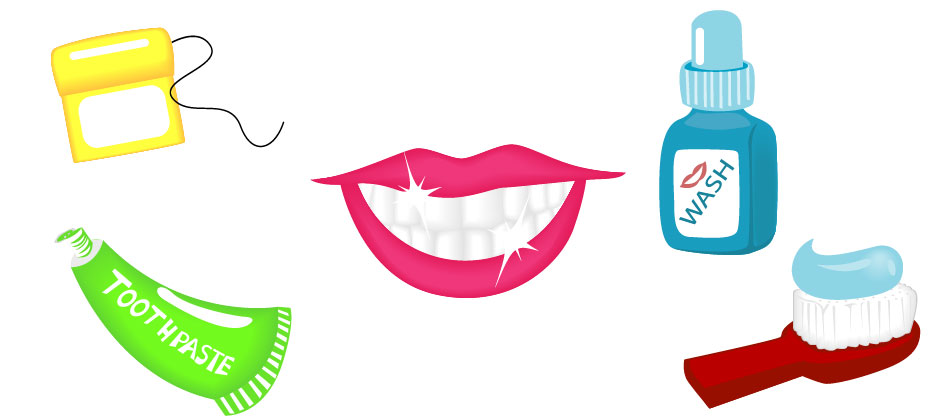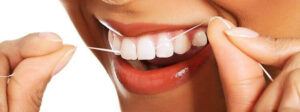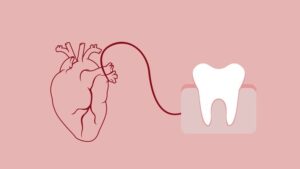Tooth decay damages the structure of the tooth. It is also known as dental caries. It is a preventive disease. After eating or drinking, the germs also called plaque in the mouth turns food into acid. This acid over the time destructs tooth surface and creates cavities. If tooth decay left untreated for long times, it causes pain and infection that might affect growth of children. With severe tooth decay, a child may suffer from problem of speech or a jaw development. It may also affect other baby teeth and adult teeth. For preventive dental care, one should aware about some useful information that helps in preventing tooth decay.

Symptoms of Tooth Decay
When tooth decay starts developing, the upper incisors develop a white, dull band with the gum line. Gum line is the place at the tooth base near the gum. On the teeth, brown spots also start appearing and the gums become swollen and red. In advanced stages, tooth decay cause teeth blackened on the upward area with red and swollen gums.
Good Habits to Prevent Tooth Decay
Brushing – Brush your teeth twice in a day. Clean your mouth properly after eating or drinking. Use fluoride-containing toothpaste. Use Interdental cleaner or floss to clean your teeth. If you can’t brush after every meal or eating, just rinse your mouth properly with water. Make regular dental checkups and tooth cleaning by dentist prevents from tooth decay.
Flossing – In oral hygiene, flossing is an essential part. It helps in removing food particles and plaque between the teeth and at the gum line which may not possible to remove by brushing. As it becomes difficult to brush properly at every corner of your mouth and therefore, flossing teeth once in a day keeps your teeth clean.
Mouthwash – Fluoride containing mouthwash helps to prevent tooth caries. Do not use mouthwash immediately after brushing. Instead of that, do it after lunch and dinner. It should be advised not to drink or eat anything at least for a half an hour after use of fluoride mouthwash.
Keep Watch on Sugar Consumption – When you go to the shopping mall to buy any food items, prefer to buy products that indicate a low amount of sugar with green color. Low in sugar indicates 5g or less sugar for each 100g product.
Chew Sugar-free Gum – After eating, chew sugar-free gum helps to prevent tooth decay. Mouth produces saliva when you chew gum that helps in neutralizes the acid in the mouth before it start damaging your teeth.
Dental Sealants – It is a protective plastic coating to be applied on the back teeth’s chewing surface useful for adults and children. It protects tooth enamel from acid and plaque. It lasts up to 10 years and need a regular check-up. It is a good option to protect children from tooth decay.
Tooth-healthy Diet
- Some good options of tooth-healthy drinks and snacks are fruits, vegetables, unsweetened tea or coffee, and foods with unrefined carbohydrates such as rice, brown bread, eggs, leafy green vegetables, pasta, potatoes, etc. For food having unrefined carbohydrates become difficult for bacteria to break it down in the form of acid.
- Fiber foods help in keeps flowing saliva that creates mineral protection against tooth caries. Some high fiber food sources are dried fruits includes raisins, figs, dates and fresh fruits such as apple, orange, banana, etc. Veggies like peas, Brussels sprouts, beans, bran and almond.
- Calcium is an important ingredient for healthy tooth for growing children. Dairy items such as cheese, milk, and yogurt are great source of calcium. Prefer low-fat yogurt and skim milk. Some other sources are leafy greens like broccoli, almonds, dried beans, nuts, and canned fish having bones.
- To keep gums healthy, good source of iron and B vitamins are essential which is available in good source of whole grains. It also consists magnesium which is necessary for teeth and bones. Moreover, you will get a higher amount of fiber from whole grains. Some great sources of whole grains are brown rice, bran, pasta, whole-grain cereals, etc.
Things to Avoid
- Do not eat or drink [other than water] frequently.
- Avoid eating sugary foods or drinks, candy, chocolate, cakes, processed grain or flour products, foods with artificial ingredients or color. Also try to avoid taking sweet foods or drinks before going to bed.
- Do not give fruit juice more than one cup (120 -180 ml) to children in age group of 1-6 years.
- Avoid bottle feeding to your baby after one year. Also do not give your child liquids such as juice, sugar water, or soft drinks in the bottle.
- Do not share food or utensil or brush with others as it transforms bacteria.
- Ask the doctor to prescribe medicine in sugar-free form.
Preventive dentistry helps people to protect from dental problems. Your little efforts towards preventive oral care lead you towards healthy living. Hence, follow regular dental checkups for your precious smile.



